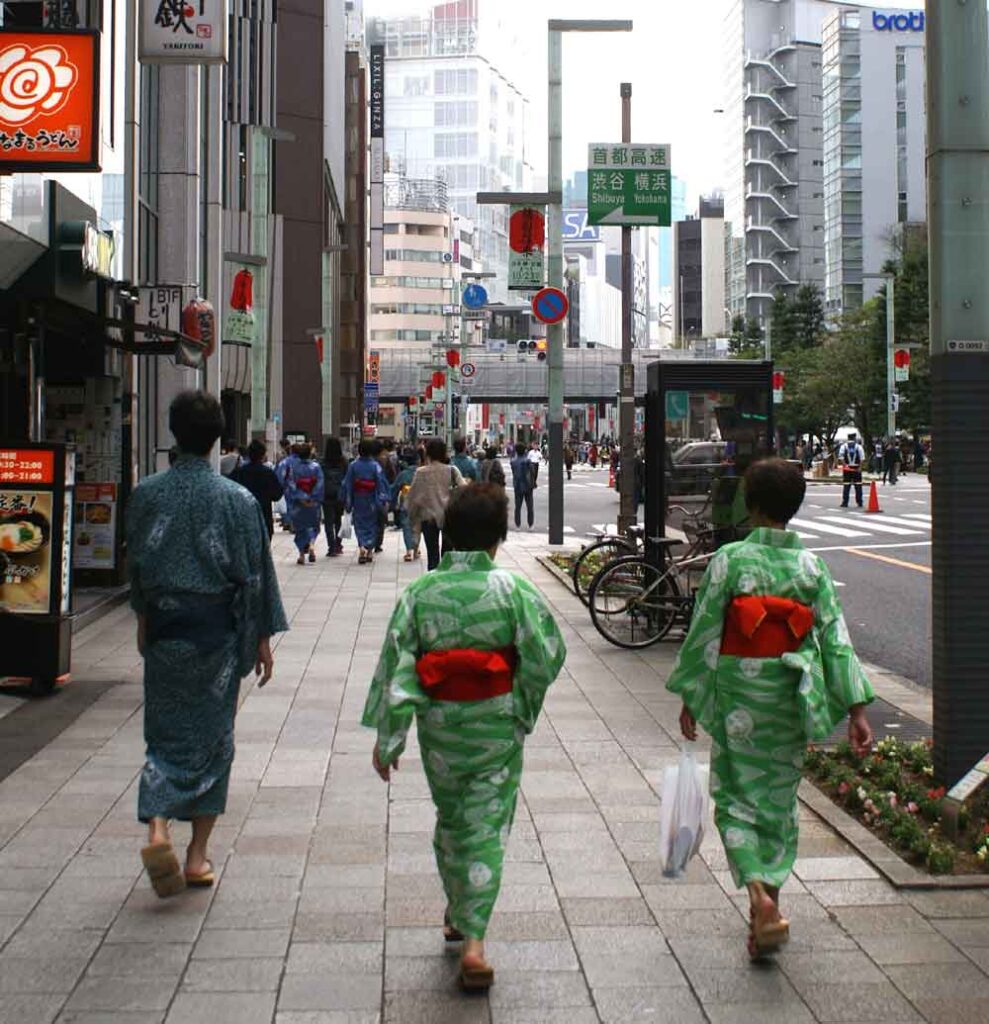Tobacco occupies a unique place in Japanese society, combining centuries-old traditions with constant modernization. This plant is native to the Americas and was introduced to Japan in the 16th century. It quickly found its place in the culture and economy of the country. However, even though Japan faces challenges related to public health and tobacco regulation, it retains its historical and social significance.
History and Culture
The Portuguese introduced tobacco to Japan in the 16th century. Its culture quickly spread throughout the country. Over the centuries, tobacco has become an essential part of Japanese culture. It is integrated into social and religious rituals, as well as arts and literature. In the past, kiseru, small traditional pipes, were commonly used to smoke hand-rolled tobacco. However, their use declined with the advent of commercial cigarettes.
Tobacco industry in Japan
Japan Tobacco Inc. (JT) dominates the Japanese tobacco industry. It is a state-owned enterprise that controls most of the domestic market. JT produces a diverse range of cigarette brands. These range from classic brands to innovative low-nicotine products. Although regulations largely govern the Japanese tobacco market, JT maintains its dominant position thanks to effective marketing strategies and constant innovations.
Tobacco Consumption in Japan
Tobacco consumption in Japan remains high compared to many other industrialized countries. However, there have been downward trends in recent years. Cigarettes are widely available throughout the country. In particular thanks to the numerous cigarette vending machines and designated smoking areas in public places. However, attitudes towards tobacco have changed. There is growing awareness of the health risks associated with smoking.
Challenges and Regulations
Despite its popularity, smoking poses serious public health challenges in Japan. The country faces a high prevalence of tobacco-related diseases, such as lung cancer, cardiovascular diseases and respiratory diseases. In response to these challenges, the Japanese government has implemented measures to restrict tobacco advertising, ban smoking in certain public places, and increase taxes on tobacco products to deter consumption.
Conclusion
Tobacco occupies a complex place in Japanese society, combining elements of tradition, industry and regulation. As Japan continues to navigate public health challenges and economic interests, it is likely that the country will continue to see an evolution in attitudes and policies toward tobacco. In a world increasingly aware of the health risks associated with smoking, Japan may need to reconsider its relationship with this controversial plant.



